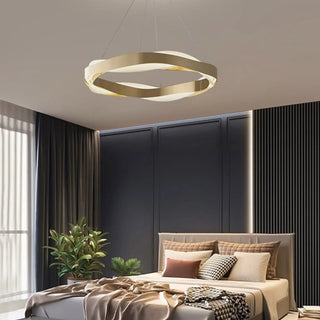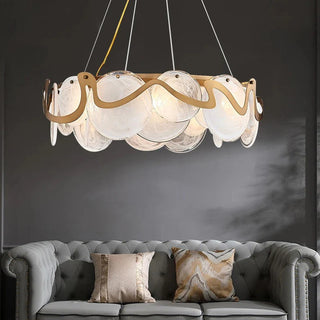The first rule is to make the most of and play up natural light. Keep the space bright and spacious. It's important for the lighting to look good overall in the room, but it doesn't have to be "matchy-matchy". Multiples of the same style, on the other hand, are a classy design element. Here is where you can add some creativity. If you don't have enough lighting, a beautifully decorated room can end up feeling like a cave, and that chair you just had recovered in gorgeous flax colored linen can look sickly green. In a small area, it becomes even more challenging.
Finding fixtures that won't overwhelm a small space and striking a balance between too much and too little light can require some trial and error. When choosing a chandelier for the living room, there are many things to consider. You need to consider the room's size, the furniture's style and placement, the ambiance, the ceiling height, and other factors.
If your ceiling is high, your chandelier will need to hang low in the room and take up a lot of space. Lighting for living rooms involves a lot of creativity. Again, talking with an interior designer can make a huge difference in how your room ultimately turns out.

The functionality and atmosphere of your home depend greatly on the living room lighting design.You have the option of choosing a single large chandelier as the focal point, multiple smaller chandeliers scattered around the furniture arrangement, or ceiling lighting to match the hanging fixture. When there is a ceiling fan in the living room, using four smaller hanging lighting fixtures is a great idea. A lot of ceiling fans also have light fixtures to take into account.








